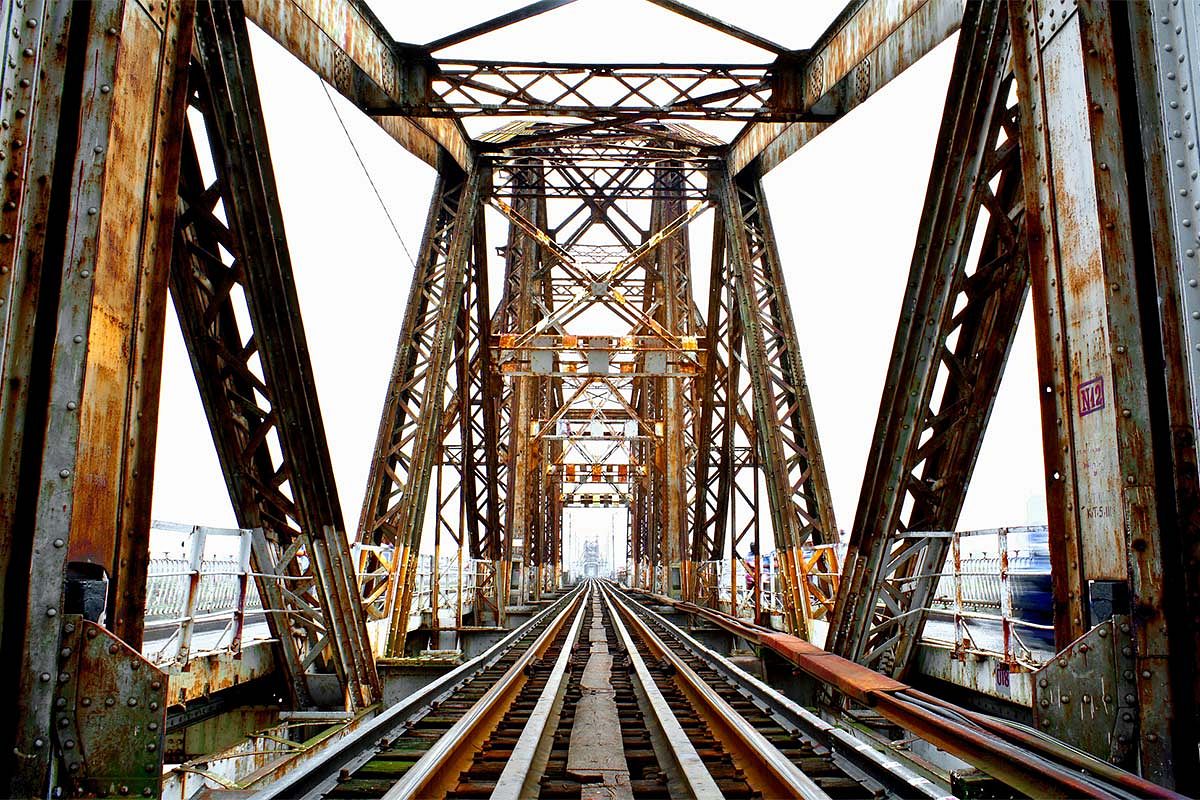Described by one writer as “a misshapen but essential component of Hà Nội’s heritage,” the Long Biên Bridge commands such affection that recent government proposals to relocate or rebuild it had to be abandoned. In what can only be considered a win for the historic bridge, city authorities have officially announced that a new bridge be built, all but ensuring the continued existence of Long Biên.
The Party Committee of Hanoi said that the new bridge, which will be constructed 75m from Long Biên, will be a key aspect of the city’s urban railway project and must, “…take into account various relevant factors, including the conservation of the old quarter, waterway traffic convenience, dike safety, and architectural harmony with the Long Bien Bridge and the whole area,” reports Vietnam Net.

Costing just over 6 million Francs, Long Biên was built between 1899 and 1902 to an in-house design by Daydé et Pillé, following a competition which involved all of the major construction houses. The bridge was inaugurated on 2 February 1902 in the presence of Paul Doumer, the French Governor General, his successor Paul Beau and the young King Thành Thái, and the first train crossed the bridge on 28 February 1902.
The bridge’s complex 19-span, 20-column cantilever design was immediately fêted as a technological masterpiece when it opened, writes Vietnam historian, Tim Doling.

Back in 2007, the French government pledged financial support to “restore the bridge to its original appearance.” But perhaps the last word should go to William Logan who, in his 2000 book Hanoi: Biography of a City, argues that while the Long Biên Bridge was a remarkable French engineering and architectural achievement, it is the bridge’s misshapen, unrestored spans which make it such a special symbol of the indomitable Hà Nội wartime spirit.
It’s nice to see historical preservation take precedent over development.














